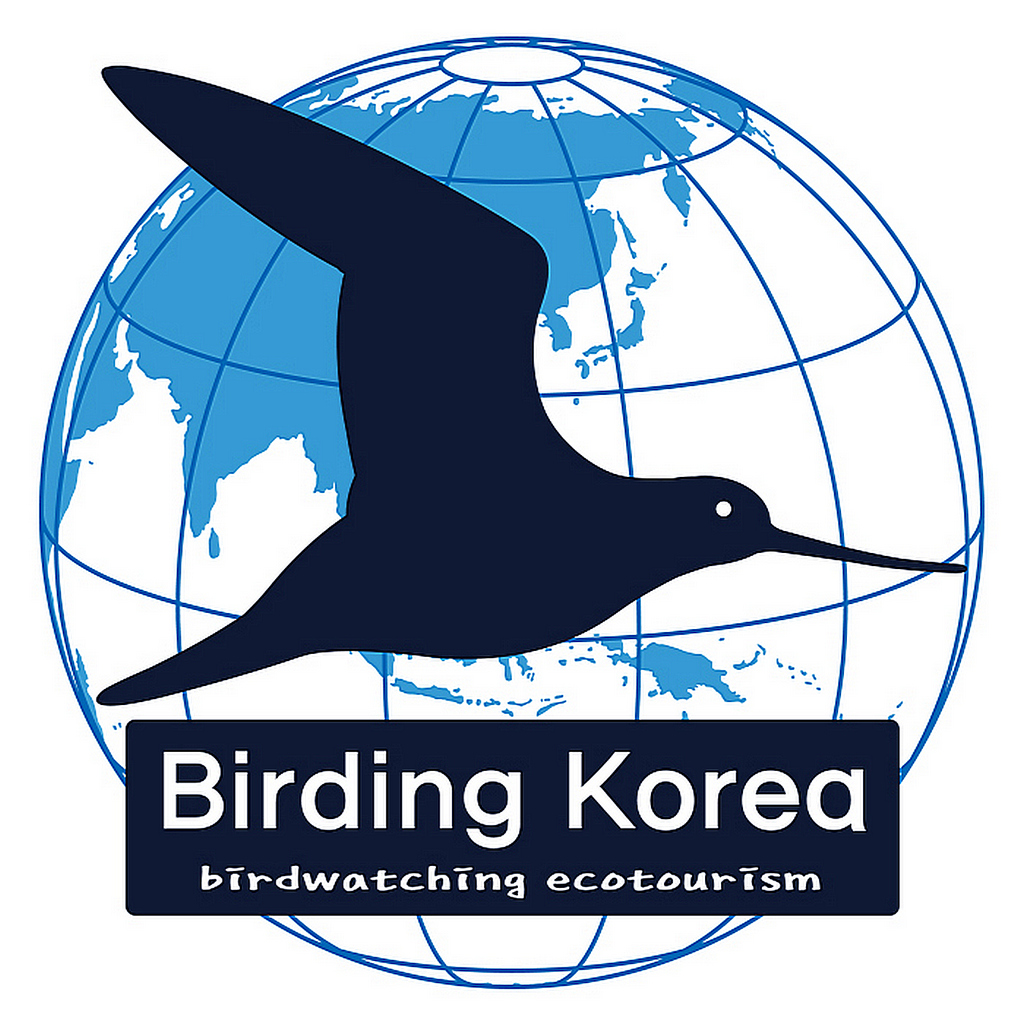South Korea gets its first birdwatching tourism organization
http://english.hani.co.kr/arti/english_edition/e_national/708748.html
Entrepreneur hopes that tours to habitats will increase awareness and appreciation for migratory birds
Lee Byeong-woo, 44, president of Eco Bird Tour, was talking in a van that left Seoul, on the morning of Sep. 12 for the mudflats of Gangwha Island. “This is not some kind of zoo where the animals are waiting for the people. There might be birds, and there might not be birds,” Lee said.
Eco Bird Tour is South Korea’s first ecological tourism organization that specializes in birdwatching. Five South Korean men and women in their 20s and one Canadian in his 40s joined the tour. In order to avoid disturbing the birds, all of the people on the tour wore dark clothing instead of the flashy outdoor wear often seen in South Korea.
A little more than an hour later, the van reached the mudflats near Hwangsan Island Fish Market, located in Ganghwa Island. A Far Eastern curlew was dipping its long beak into the holes used by crabs as it enjoyed a delicious breakfast.
After moving to Bunori Heights, next to Dongmak Beach, the birdwatchers spotted two or three black-faced spoonbills which were still left on a deserted island nearby where they had summered.
At Heungwang Reservoir and the mudflats used for clam-digging at Yeocha No. 1 Village, several hundred common greenshanks, Terek sandpipers and black-tailed gulls were relaxing on the sands and catching some early autumn sun as they craned their necks to preen their feathers with their beaks.
As the tourists met eyes with the birds through 50-power binoculars, they expressed their surprise.
“The longbill eyes are so bright!” “It feels like we’re watching a nature documentary.” “I thought it was a white piece of Styrofoam, but it was a bird!”
When the rising tide covered the mudflats in the afternoon, hundreds of squawking longbills rose up into the air together. Throughout the birdwatching trip, Lee explained the birds’ habits and calls.
“There aren’t any decent experience programs for adults other than department stores and culture centers, so it was great to get out of the city and see the birds,” said Min Dong-mi, 27, a company employee.
Jim Corbett, 47, an English teacher from Canada, has memorized the names of many Korean birds. “In Canada, we have a festival for the tundra swan. I know a little about birds, which makes this kind of trip fun.”
Lee, who worked for 16 years in an internet technology company, became the first president of Haho, an animal welfare group composed of members of the Korean Federation for Environmental Movement, even while he was working for the company. (Haho is an abbreviation of a Korean abbreviation meaning “from flying squirrels to tigers.”)
After receiving first prize in a creative tourism contest organized by the Korea Tourism Organization last year, Lee received a 30 million won entrepreneurship grant that he used to start his own birdwatching travel agency this past January.
Lee thinks of birds as a natural resource. “The west coast of Korea is a waypoint where birds rest as they are migrating from Australia to Russia’s Kamchatka Peninsula. While the Korean Peninsula only accounts for 0.1% of the world’s area, you can see 500 kinds of birds here, or 5% of the bird species that exist in the world. You don’t know how powerful it is to lock eyes with a bird through the binoculars until you’ve tried it,” he said.
When people lock eyes with a bird, Lee says, “They become interested in the issues of development and an environment that birds can live in.”
By Choi Woo-ri, staff reporter
Please direct questions or comments to [english@hani.co.kr]
'About us' 카테고리의 다른 글
| Promotion Video of Birding Korea (0) | 2017.10.20 |
|---|---|
| About Birds of Korea (0) | 2017.09.29 |
| Birding Korea is.... (0) | 2017.07.06 |

